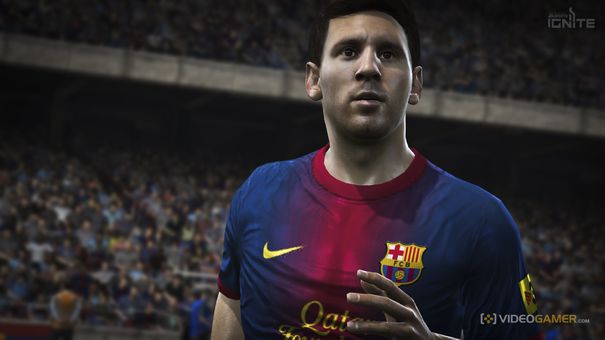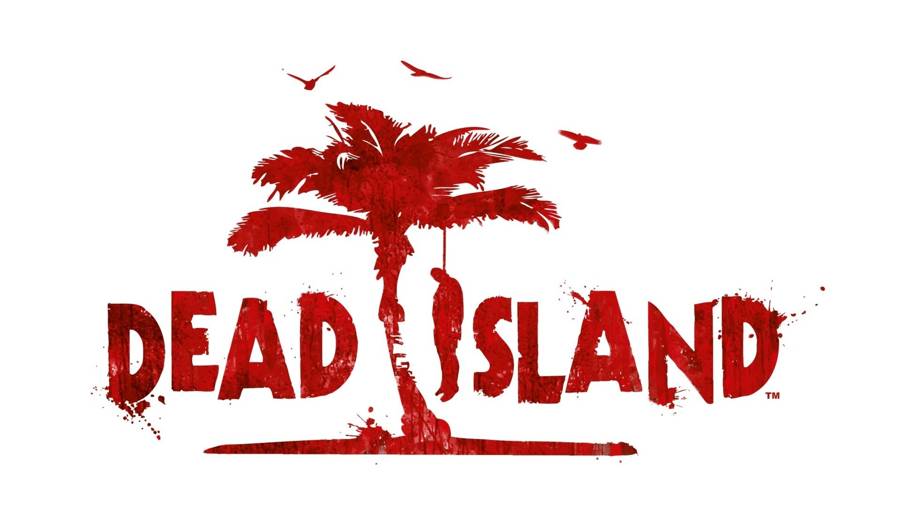



February 2013, New York: Sony unveils the PlayStation 4 to a series of obligatory whoops and cheers. An apology as much as an announcement, it stressed how easy and open to develop for this machine was in comparison to PS3. Talk of SPEs, Cells, and working two jobs to pay for the latest machine was replaced with an affable, proud, yet knowing presentation. 'We f**ked up', was what the company essentially said. 'And we're trying to fix it.'
To do so, the Japanese firm had to change its ethos. Out went proprietary technology and baffling software toolkits. In came well-known parts, upgraded to match the specs it was aiming for. Sony broke down its choices piece by piece on stage, attempting to demystify the process. No more wooly statements about a processor so powerful it makes Skynet look like something V-Tech knocked out in 1999.
It was a move that saw the company deliberately make a play for the affections (and talents) of developers, which it had been courting behind the scenes months before the event itself. A more PC-like architecture would ensure that the machine was easy to develop for, and wouldn't stumble out of the gate as developers got to grips with proprietary hardware. It also meant that for all intents and purposes the two machines that would vie for domination of the living room would, in terms of hardware, be closer than ever.
Earlier console generations were defined by marked power differences, vastly different architectures and even differing moral standards, each of which had defined the machines. SNES and Mega Drive owners would have very different libraries, even different versions of games with the same name (Aladdin and Mortal Kombat, for example). Saturn and the original PlayStation were 2D and 3D behemoths, respectively. PS2 and the original Xbox were also separated by a gulf in power and hardware design. And then, of course, came the differences between PS3 and Xbox 360, even if it didn't really matter in the long run.
Now, it is services that will prove to be a key differentiator. Third-party exclusives are relics: it's simply too expensive to gamble on one console. First-party titles – Uncharted, Gears, Forza, Gran Turismo – still have the power to move consoles, and will drive players to a certain platform holder.
That won't change. What will change, over time, is how Sony and Microsoft adapt their systems to tempt players with what it can do other than play games. The last generation saw an incredible evolution in services: compare the original 360 dashboard (remember the Blade system?) to what lurks there now. Barring a fifty-fold (roughly) increase in adverts and Other Bullshit™, the visual and mechanical differences are obvious.

PS3 didn't change its XMB, but like the 360 it evolved in other, more important ways: apps. Netflix, Lovefilm, Skype; Sony and Microsoft's consoles started as (in terms of power) the ultimate gaming machines, with an eye on the broader prize of taking over the entire living room for themselves. They ended the generation several significant steps closer to achieving that goal.
Xbox One takes this to its logical conclusion, wanting to be at the literal centre of your technology. TV. TV. TV. TV. The tagline 'Xbox One, Input One', and that you can plug your cable/satellite box into it to be controlled with the machine, sums up Microsoft's goals nicely.
The strategy, along with Kinect and the added price, has naturally turned some gamers off, enabling Sony to campaign under the banner of being 'For the Players'. It's a great PR line, but having the movie and music stores in the main section of the dash when you first boot it says a lot about what the company has in mind for this generation.
Cashing in on ancillary media is only one part of the plan, however, and Sony seem to have understood that people still buy these machines to play games. The proof is in the services that Sony offers up under the PlayStation Plus banner: a key innovation from the firm that, if indicative of the future, shows how far ahead of the game Hirai's company is over its American rivals.
Whereas Microsoft has stood still in recent years, continuing to charge for Xbox Live Gold and yet failing to add any additional value, Sony has grown PlayStation Plus into a juggernaut. Free games are the obvious appeal, but it's the frequency of updates to the roster that makes it so worthwhile. Microsoft's piss-weak equivalent, Games with Gold, only highlights the differences between the two firms: Sony is offering nearly new titles. MS? 360 launch games.
In many ways, the closeness in power underlines a key truth that platform holders are totally aware of yet don't actually like to admit: that more 'power', measured in terms of bits (like it used to be) or other yardsticks, is usually not an indicator of the actual 'winner' of any console war.
Instead, it's games and the services that underpin them that dictates the outcome (how many people stayed loyal to Microsoft because of Xbox Live?). How each machine supports or enhances certain triple-A titles is going to be vital: Watch Dogs, Call of Duty, FIFA and Battlefield aren't just games, they're platforms. How PS4 and Xbox One offer these experiences is going to be of increasing importance.
So far, Sony's commitment to PlayStation Plus, as well as Microsoft's many design and marketing blunders, sees it winning this battle. But everything can change in an instant.




 . Plays, 10th October, 2015
. Plays, 10th October, 2015 Metal Gear Solid 5: The Phantom Pain Episode 25 – Aim True, Ye Vengeful
Metal Gear Solid 5: The Phantom Pain Episode 25 – Aim True, Ye Vengeful The Best Minecraft Texture Packs
The Best Minecraft Texture Packs Final Fantasy XIII-2 Artefact Locations
Final Fantasy XIII-2 Artefact Locations Metal Gear Solid 5: The Phantom Pain Episode 45 – A Quiet Exit
Metal Gear Solid 5: The Phantom Pain Episode 45 – A Quiet Exit